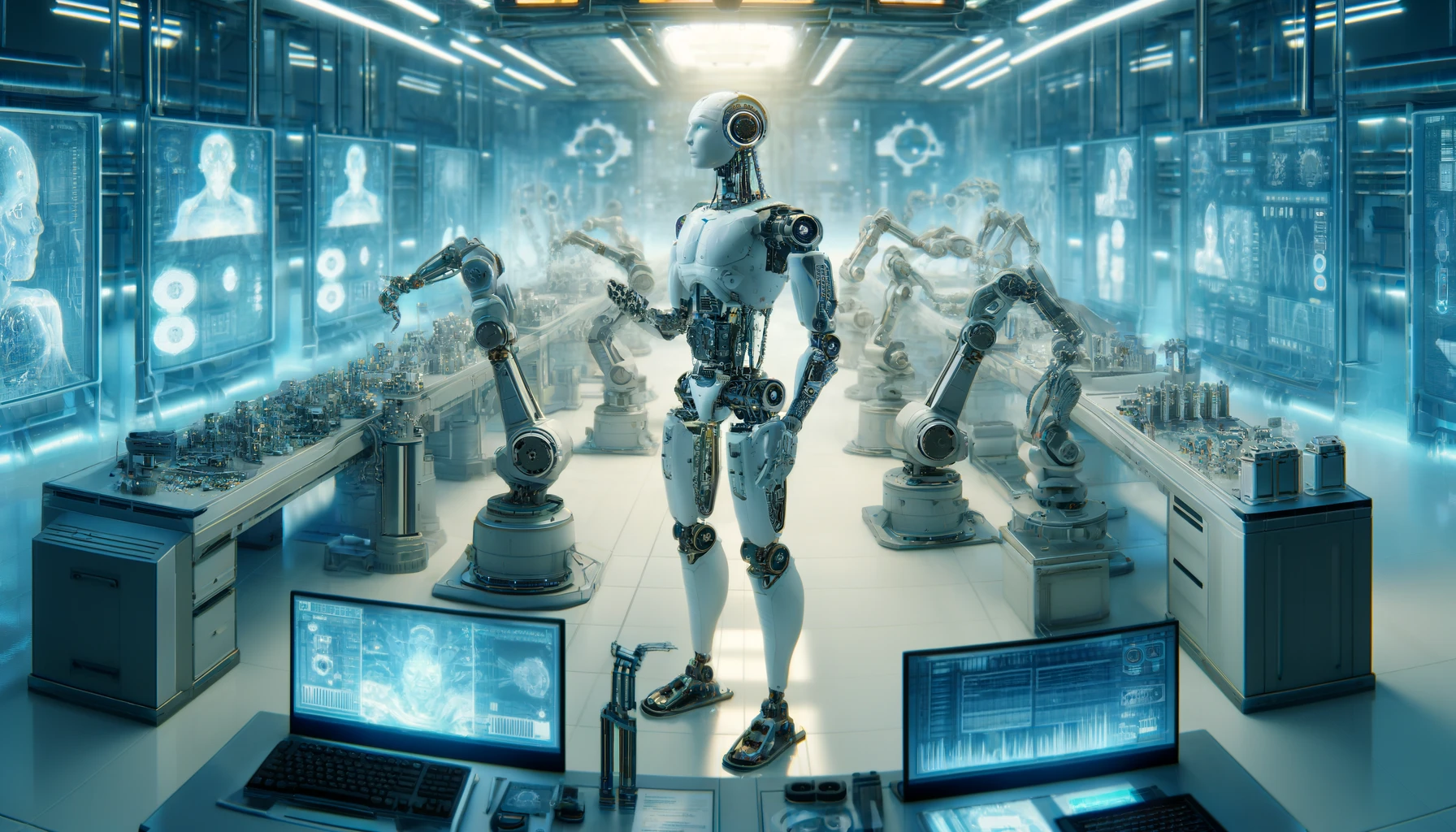In an innovative approach to environmental cleanup, researchers have developed microrobotic technology to remove microplastics and bacteria from water sources. These tiny robots, operating in swarms, represent a significant advancement in tackling the pervasive problem of plastic pollution. Given the size and complexity of microplastics, which often attract harmful bacteria, traditional methods of removal have proven inadequate. The introduction of microrobots offers a dual solution by targeting both microplastics and the bacterial contaminants they carry.
Previous efforts to address microplastic pollution have largely focused on preventive measures and large-scale clean-up initiatives that are often cumbersome and inefficient. Traditional water treatment processes also fail to capture microplastics due to their diminutive size. These previous approaches, while foundational, highlight the necessity for innovative solutions like microrobotics that can operate on a micro-scale. Furthermore, earlier attempts did not address the simultaneous removal of bacteria bonded to microplastics, which these microrobots can achieve effectively.
The development of these microrobots involved engineering them with positively charged polymer strands attached to magnetic microparticles. These components attract both microplastics and bacterial pathogens found in water. Measuring just 2.8 micrometers in diameter, these robots can be controlled and maneuvered using a magnetic field to swarm contaminated areas, mimicking natural systems such as fish schools.
Experimental Insights and Achievements
In controlled lab environments, the team simulated water conditions by introducing fluorescent polystyrene beads and bacteria known to cause human infections. By adjusting the magnetic field, researchers could manipulate the swarm’s formation and movement to optimize the capture of pollutants. At optimal concentrations, these microrobots managed to remove approximately 80% of bacteria and a significant number of microplastic particles within half an hour.
Reusability and Efficiency of Microrobots
Post-cleanup, the robots were collected using a permanent magnet and underwent a cleaning process involving ultrasound and ultraviolet radiation to detach and disinfect bacteria. Remarkably, these cleaned microrobots retained their efficacy in subsequent uses, albeit with slightly reduced capacity, underscoring their potential for repeated applications in pollution management.
Practical Implications
- Microrobots can perform multiple clean-up cycles, reducing overall costs.
- Their small size allows them to target pollutants in hard-to-reach areas.
- Simultaneous removal of microplastics and bacteria lowers health risks.
This innovative microrobotic system not only highlights a significant leap in addressing water pollution but also opens up new possibilities for the application of robotics in environmental protection. By effectively reducing both microplastics and bacterial pathogens in water, these microrobots could play a crucial role in safeguarding public health and preserving aquatic ecosystems. Their adaptability and efficiency in various water conditions suggest a scalable solution adaptable for global implementation, potentially revolutionizing our approach to maintaining water purity and ecological balance.










